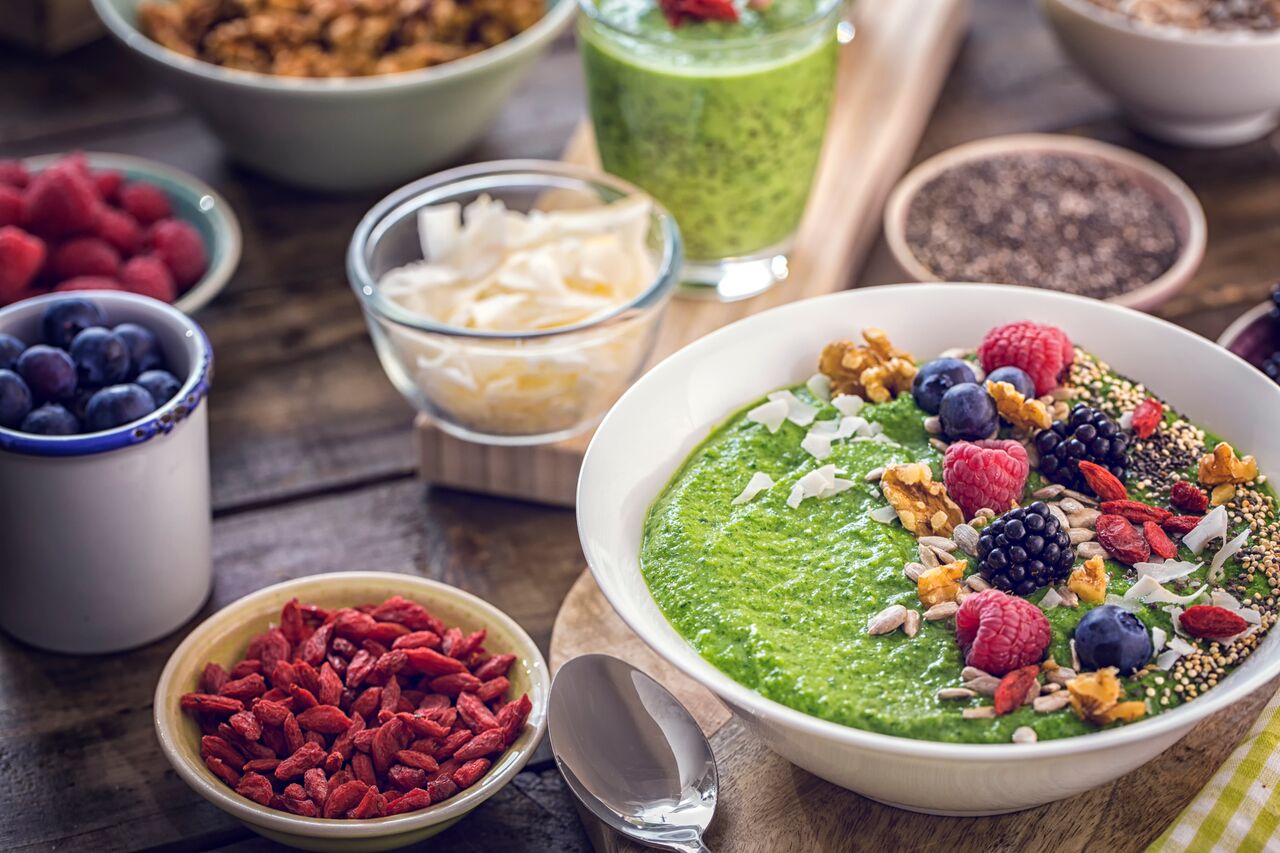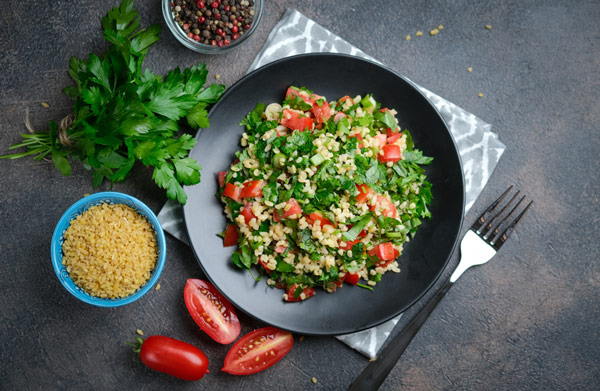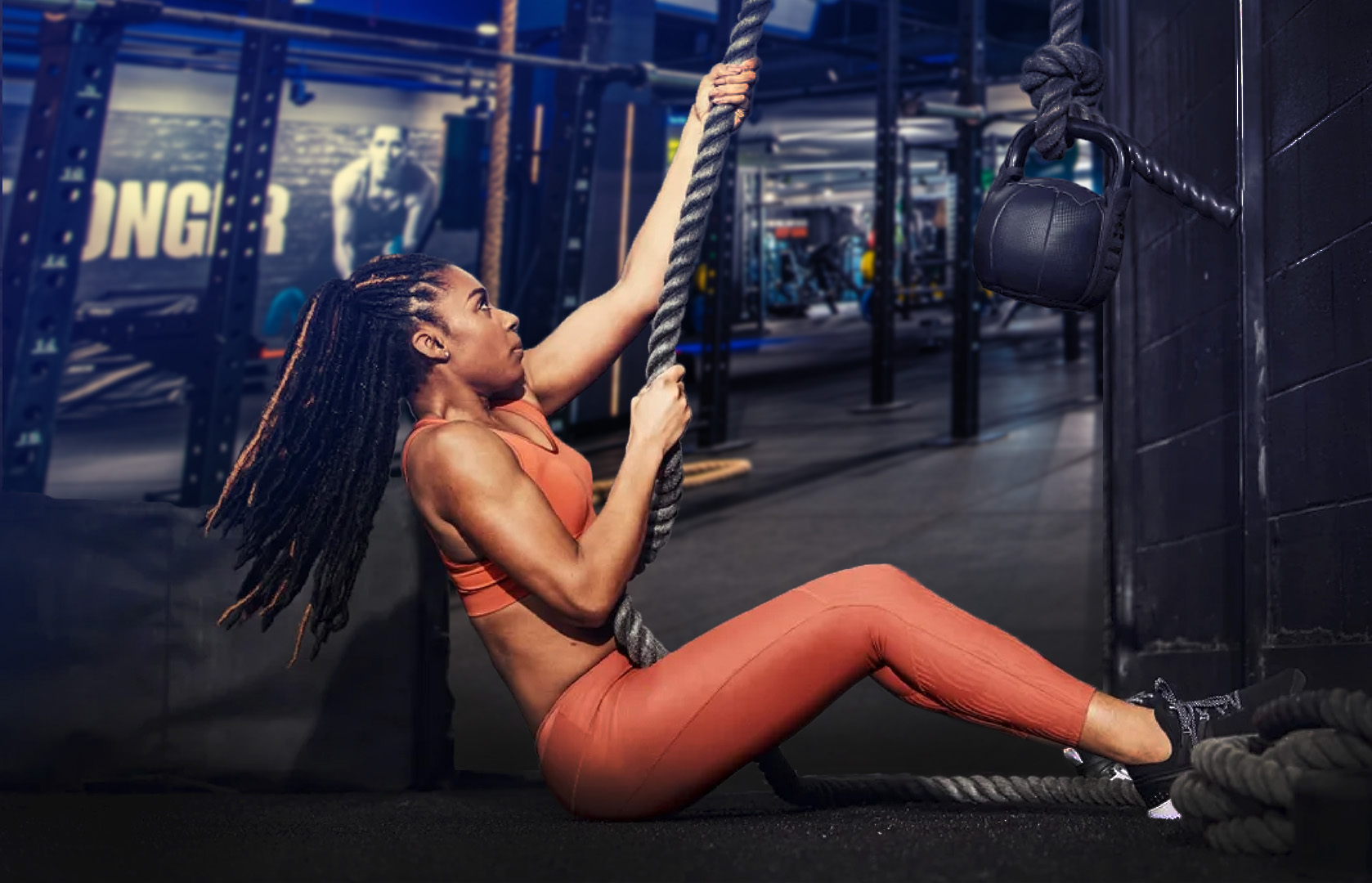Stepping into the world of exercise and training can feel like entering a whole new language. Confused about cardio vs. strength? Wondering how often you really need to work out? You’re not alone! This comprehensive FAQ is your friendly guide, breaking down the most common questions about exercise and training to empower you on your fitness journey, whether you’re just starting out or looking to level up.
Getting Started: The Basics
Q: I’m a complete beginner. Where do I even start? A: Start small and focus on consistency. Begin with 2-3 days of light to moderate activity per week, like brisk walking, bodyweight exercises, or gentle cycling. The key is to build a habit and gradually increase intensity and duration. Don’t be afraid to try different things to find what you enjoy!
Q: How often should I exercise? A: Aim for at least 150 minutes of moderate-intensity or 75 minutes of vigorous-intensity aerobic activity per week, plus muscle-strengthening activities at least two days a week, according to the Physical Activity Guidelines. This can be broken down into smaller, manageable sessions.
Q: What’s the difference between cardio and strength training? Which is better for weight loss? A: Cardio (aerobic exercise) like running, swimming, and cycling primarily improves cardiovascular health and burns calories during the activity. Strength training (resistance training) like lifting weights or using resistance bands builds muscle mass, which boosts your metabolism and helps you burn more calories even at rest. For weight loss, a combination of both is most effective.
Q: Do I need a gym membership to get fit? A: Absolutely not! You can achieve a great workout at home with bodyweight exercises, resistance bands, or even household items. There are also plenty of outdoor activities like walking, running, and hiking.
Q: How do I stay motivated to exercise regularly? A: Find activities you genuinely enjoy, set realistic goals, track your progress, find a workout buddy, reward yourself for milestones (non-food rewards!), and remember your “why” – your personal reasons for wanting to get fit.
The Workout Itself: What to Do
Q: What are some good beginner-friendly exercises? A: Bodyweight squats, push-ups (on knees if needed), lunges, planks, walking, jogging, cycling, and swimming are all excellent starting points.
Q: How many sets and reps should I do for strength training? A: For beginners focusing on general fitness and muscle endurance, aim for 2-3 sets of 10-15 repetitions per exercise. As you get stronger, you can adjust the weight, sets, and reps to match your goals.
Q: How long should my workouts be? A: Even short workouts can be effective! Aim for at least 30 minutes of moderate-intensity exercise most days of the week. Consistency is more important than duration, especially when starting.
Q: Is it okay to do the same exercises every day? A: It’s generally recommended to give your muscles rest to recover and rebuild. Aim to work different muscle groups on different days. This also helps prevent boredom and reduces the risk of overuse injuries.
Q: What’s a proper warm-up and cool-down? Why are they important? A: A warm-up (5-10 minutes of light cardio and dynamic stretching) prepares your body for exercise by increasing blood flow and muscle temperature, reducing the risk of injury. A cool-down (5-10 minutes of static stretching) helps gradually lower your heart rate and improve flexibility.
Fueling Your Body: Nutrition Basics
Q: Do I need a special diet to lose weight or get fit? A: Focus on a balanced diet rich in whole, unprocessed foods like fruits, vegetables, lean proteins, and whole grains. Be mindful of portion sizes and calorie intake if weight loss is your goal. You don’t need restrictive or fad diets.
Q: How important is protein for exercise? A: Protein is crucial for muscle repair and growth, especially after strength training. Aim to include a source of protein in your meals and snacks.
Q: Should I eat before or after my workout? A: It depends on your individual needs and preferences. Some people feel better exercising on an empty stomach, while others need a light snack for energy. Eating a balanced meal or snack within a couple of hours after your workout can help with recovery.
Listening to Your Body: Injury Prevention & Recovery
Q: How do I know if I’m pushing myself too hard? A: Pay attention to your body’s signals. Moderate exertion should feel challenging but allow you to hold a conversation. If you experience sharp pain, stop the exercise immediately.
Q: What’s the deal with muscle soreness after a workout? A: Delayed onset muscle soreness (DOMS) is common, especially when starting a new exercise or increasing intensity. It’s a sign that your muscles are adapting. Gentle movement and stretching can help alleviate it.
Q: How important is rest and recovery? A: Rest is just as important as the workouts themselves! It allows your muscles to repair and rebuild, preventing overtraining and reducing the risk of injury. Aim for 7-9 hours of quality sleep per night.
Q: What should I do if I get injured? A: Stop exercising the injured area and consult a doctor or physical therapist for proper diagnosis and treatment. Don’t try to push through significant pain.
Staying on Track: Progress & Consistency
Q: How long will it take to see results? A: This varies greatly depending on individual factors like starting point, consistency, and goals. Be patient and focus on making sustainable changes. You’ll likely start noticing improvements in energy levels and mood within a few weeks, with more visible physical changes taking longer.
Q: How do I track my progress? A: You can track your workouts (exercises, sets, reps, weight), monitor your weight and measurements (waist, hips), take progress photos, and pay attention to how you feel – your energy levels, strength, and overall well-being.
Q: What if I miss a workout? Should I try to make it up? A: Don’t beat yourself up! Life happens. Just get back on track with your next scheduled workout. Consistency over time is more important than perfection.
Your Fitness Journey, Your Pace:
This FAQ is just a starting point. Remember that your fitness journey is unique to you. Be patient, be kind to yourself, and celebrate your progress along the way. Don’t hesitate to seek guidance from qualified fitness professionals for personalized advice and support. You’ve got this!









